Incense Cedar Wood
- September 8, 2023
- 0 comment

Incense Cedar is a stately evergreen tree native to the western United States, predominantly found in the Sierra Nevada and other mountainous regions. These towering trees can reach impressive heights, boasting a straight, tall trunk with a conical crown. The wood derived from Incense Cedar is renowned for its pale, creamy light brown heartwood, which emits a distinctive and pleasant fragrance akin to cedar incense when cut or crushed, hence the name “Incense Cedar.” This wood species is esteemed for its versatility, resilience, and aesthetic appeal, making it a cherished resource for various woodworking and construction applications.
Texture
Incense Cedar wood exhibits a fine to medium texture, which contributes to its smooth and even surface. Its grain pattern is typically straight, enhancing its ease of working with woodworking tools. This characteristic makes Incense Cedar a favored choice among woodworkers, enabling precise crafting and finishing.

Bark
The bark of Incense Cedar trees is thin, reddish-brown to gray, and has a distinctive peeling or exfoliating nature. It often sheds in long, vertical strips, revealing the tree’s smooth, reddish-brown inner bark. This unique bark texture adds visual interest and texture to the tree’s appearance.

Furniture
Incense Cedar is prized in the world of furniture crafting for its workability and inherent beauty. Its lightweight yet sturdy nature makes it an ideal choice for crafting a wide range of indoor and outdoor furniture pieces, including chairs, tables, chests, and cabinets. Its aromatic qualities also make it a pleasant choice for furniture pieces kept indoors.

Weapon
While not traditionally known for weapon construction, Incense Cedar’s straight grain and ease of carving have led to occasional use in crafting bows and arrows, particularly for recreational and artistic archery purposes.

Firewood
Incense Cedar is less commonly used as firewood due to its high value for other applications. However, when burned, it releases a fragrant smoke that adds to the ambiance of campfires or fireplaces where aroma is appreciated.
Construction
Incense Cedar is a favored choice in construction due to its durability, resistance to decay, and aesthetic appeal. It is often used for siding, shingles, trim, and other exterior elements, adding both practicality and visual charm to structures.

Plywood
Incense Cedar is utilized in plywood production, contributing to the construction industry. Thin veneer sheets of Incense Cedar are layered and bonded together to create strong and versatile plywood panels suitable for various applications in construction and woodworking.
Board
Incense Cedar boards are commonly employed in construction for siding, paneling, and fencing. Their natural durability and fine grain make them a reliable choice for exterior applications requiring both longevity and visual appeal.

Railroad Cross Ties
Incense Cedar is occasionally used for railroad crossties due to its strength and resistance to decay, especially in regions where it is readily available. These ties provide essential support and stability to railway tracks.
Pallet
While not the most common choice for pallet construction, Incense Cedar may be used in specialized applications due to its durability and resilience. Pallets made from this wood are designed to withstand various forms of handling and transport.

Fencing
Incense Cedar is a preferred wood for fencing projects, offering natural resistance to decay and insects. It is employed in the construction of long-lasting and visually appealing fences for residential, commercial, and agricultural properties.

Wood Decking
Incense Cedar is known for its durability and aromatic qualities, making it a suitable choice for wood decking. It provides an attractive and enduring surface for outdoor decks, enhancing outdoor living spaces.

Live Edge Siding
Live edge siding crafted from Incense Cedar preserves the tree’s natural contours, adding a rustic and visually captivating element to the exterior of buildings and structures.
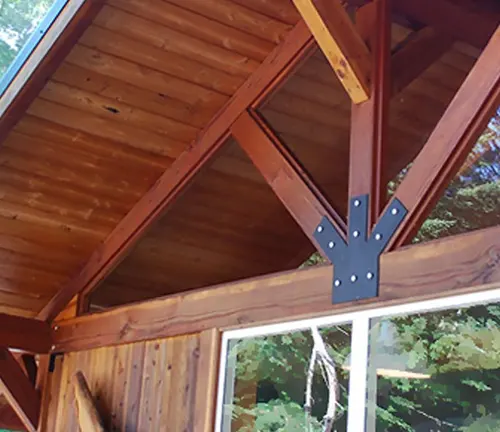
Beams
Incense Cedar beams are utilized in construction both for structural support and decorative purposes. They combine strength and aesthetics, enhancing the architectural integrity and visual appeal of buildings and architectural designs.

You can check our Cedar Lumber for an even more comprehensive look into the world of wood and its countless applications. There’s a wealth of knowledge waiting for you there, so dive right in and embark on your next enlightening read.
Frequently Asked Questions
- What are the common uses of Incense Cedar Wood?
Incense Cedar Wood is frequently used for pencil slats due to its straight grain and soft texture. It’s also popular for closet linings, shingles, siding, and small wooden crafts because of its resistance to decay and aromatic properties. - Why is Incense Cedar preferred for making pencils?
Its fine grain ensures smooth sharpening, and the wood does not splinter easily, making it perfect for pencils. - How does the aroma of Incense Cedar compare to other woods?
Incense Cedar has a distinct warm and spicy scent, reminiscent of cinnamon or nutmeg. This fragrance makes it a favorite for items like chests or closets where its aroma can be appreciated. - Is Incense Cedar resistant to insects?
Yes, the natural oils found in Incense Cedar act as repellents to moths and other insects, making it a popular choice for storage solutions like cedar chests. - How sustainable is Incense Cedar wood harvesting?
Many lumber companies practice responsible forestry when harvesting Incense Cedar, ensuring that the ecological impact is minimized. It’s always good to check if the wood you’re purchasing has been sustainably sourced. - Can Incense Cedar Wood be used outdoors?
While it has natural decay resistance, like any wood, prolonged exposure to moisture or extreme weather can degrade its quality. It’s often used for outdoor siding or shingles, but it’s essential to ensure they’re adequately treated or maintained. - How does Incense Cedar Wood respond to finishes and stains?
Due to its fine grain and consistent texture, Incense Cedar takes stains and finishes very evenly, making it a favorite for projects that require a polished appearance. - What’s the difference between Incense Cedar and other cedar types?
There are several cedar species, each with its characteristics. Incense Cedar is distinct from Western Red Cedar or Eastern White Cedar in terms of color, grain, and aroma.
In the realm of timber, Incense Cedar Wood stands out not just for its durability and aesthetic appeal, but also for the unique aromatic experience it brings to any space. Its historical prominence in crafting pencils is a testament to its versatility and quality. As with all natural resources, it’s a treasure we must utilize responsibly, ensuring that future generations can also appreciate its distinct charm. Whether you’re considering it for a home project or simply to enrich your understanding of woods, Incense Cedar is a fragrant reminder of nature’s unparalleled artistry.




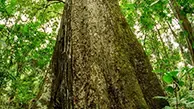


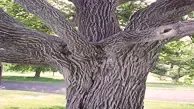
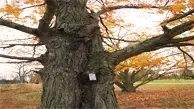

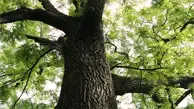


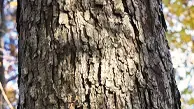
Leave your comment